Heat Stroke in Dogs: Prevention and Treatment

By Evelyn Harcourt
juillet 08, 2025 - 1 min read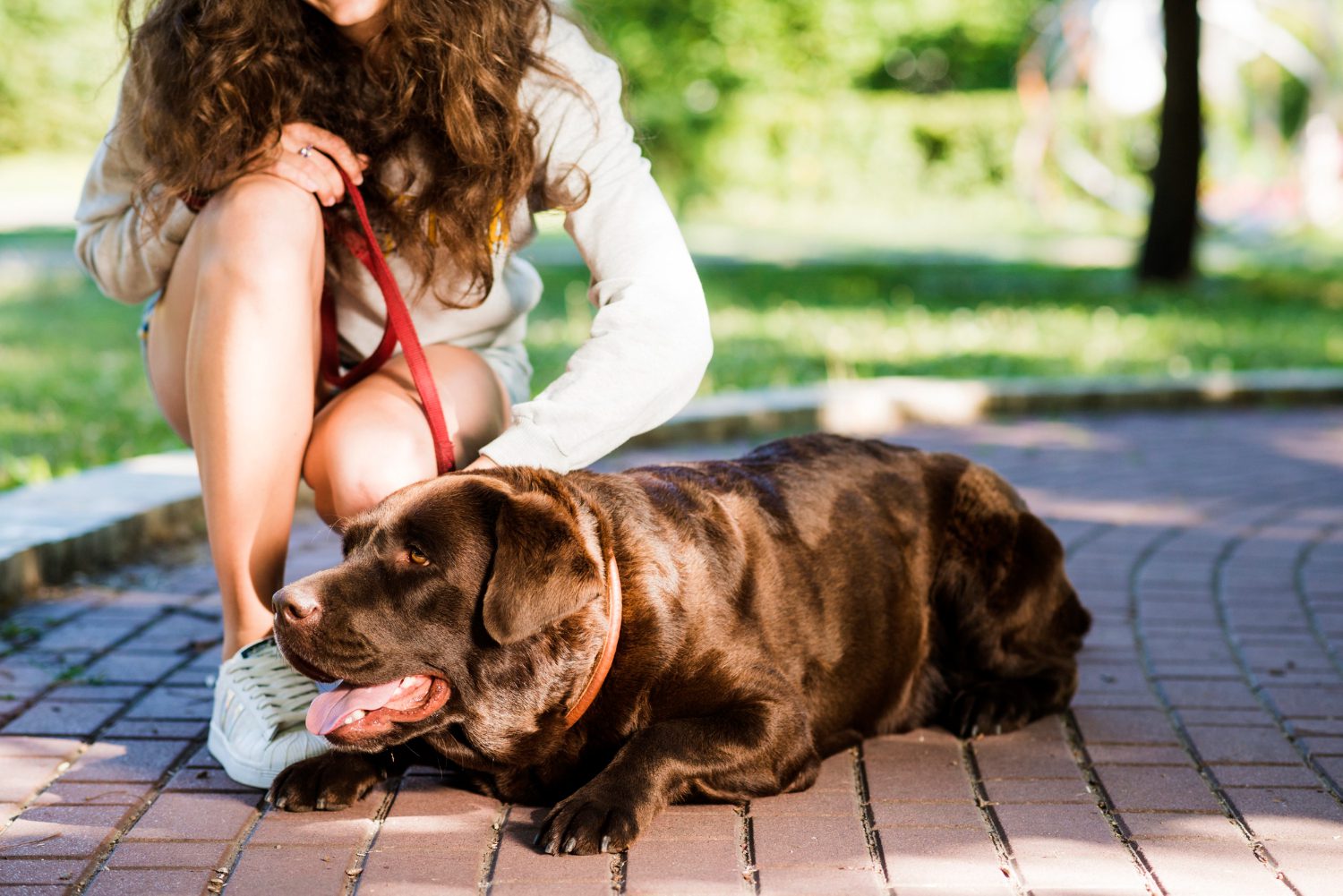
Heat stroke is a relatively common medical condition that occurs when a dog gets overheated and their body cannot maintain an appropriate body temperature. The risk is highest in summer months. As the mortality rate is just over 25%, preventing heat stroke is something every owner should know how to do.
This article explores the symptoms of heat stroke, how to provide first aid and veterinary intervention, and how to effectively prevent it. With temperatures rising worldwide and the UK experiencing more hot days than ever before, this is something we need to take seriously.
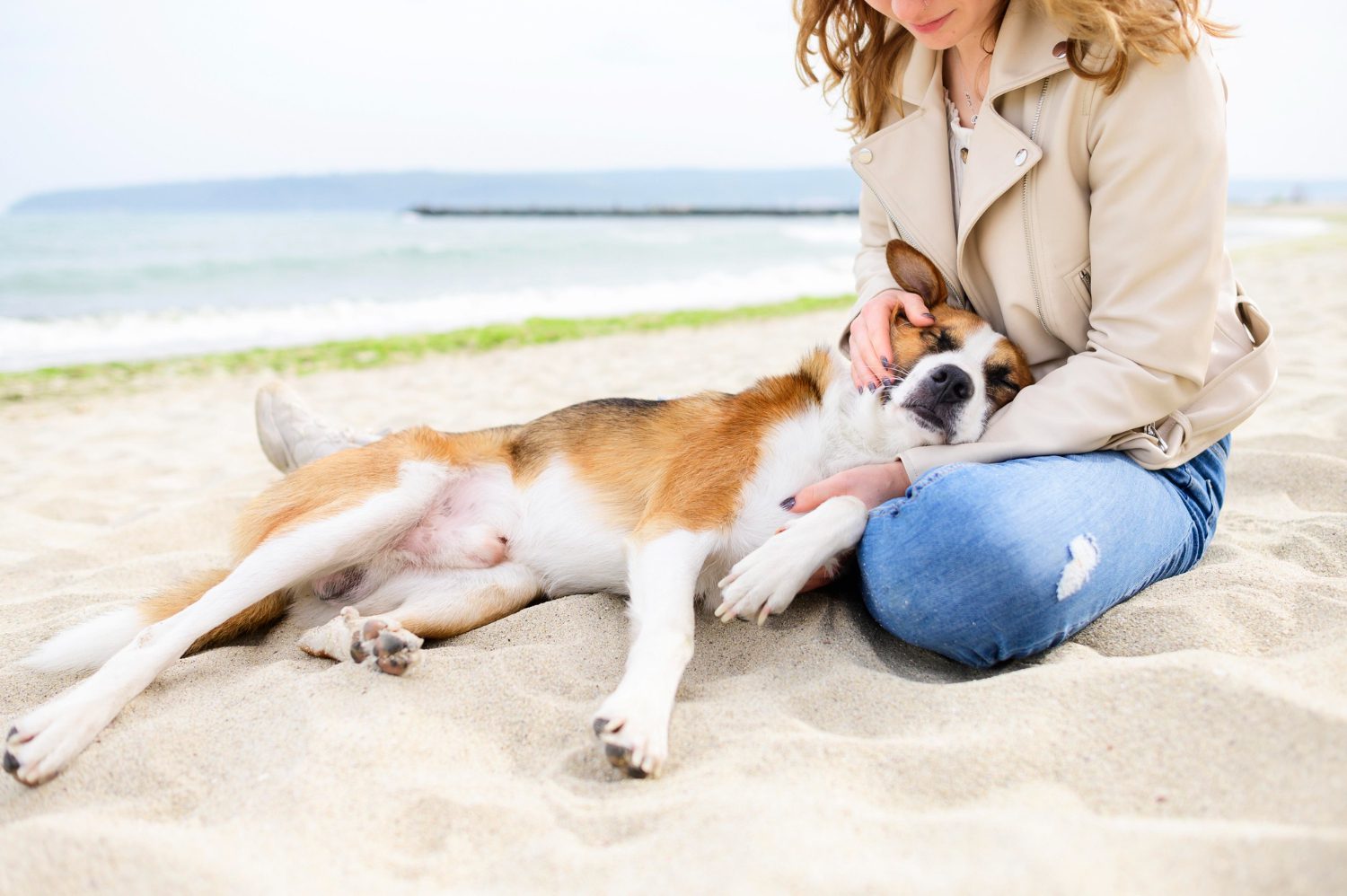
Understanding Heat Stroke in Dogs
Understanding heat stroke can go a long way toward preventing it or reversing it quickly if it begins.
What is Heat Stroke in Dogs?
Heat stroke is a potentially life-threatening condition in which the dog’s body temperature rises above safe levels (hyperthermia) and it is unable to reduce the temperature by itself. The temperature exceeds 39.2 degrees Celsius and is often several degrees above this.
The body is not designed to copy at such elevated temperatures, which leads to cell and organ damage that may not be reversible.
How Dogs Regulate Body Temperature
A dog is usually capable of staying cool by panting and sweating through their paws. This maintains a stable thermal environment, as long as the external temperature is not too high.
Dogs also have ‘Heat Shock Proteins’ (HSPs), which help degrade or refold proteins damaged by excessive heat stress, protecting cells from damage.
However, the system can become overwhelmed during heatstroke, making the dog susceptible to permanent cell damage and organ failure.
Why Dogs Are Susceptible to Heat Stroke
Most dogs are covered in fur and have quite a limited ability to sweat. At the same time, they are often placed in hot places (like closed cars or conservatories), and we expect them to go for walks and exercise, even when it is very hot out.
Dogs are also not aware of the risk of heat stroke! If they are having fun and running about with you or playing fetch, they’ll continue to do so even if they are overheating.
For these reasons, heat stroke occurs quite frequently.
Risk Factors and High-Risk Breeds
Not every dog has the same chance of developing heat stroke. Knowing how susceptible your dog is will help you plan for their safety.
Breed Predisposition
It is widely accepted that brachycephalic (snub-nosed) dogs are much more likely to develop heat stroke, as they are less able to dissipate heat through panting.
A 2016 study (3) from Nottingham University has recognised these breeds are most at risk:
- Chow Chow (17 times)
- Bulldog (14 times)
- French Bulldog (6 times)
- Dogue de Bordeaux (5x)
- Greyhound (4x)
- Cavalier King Charles, Pug, English Springer Spaniel, Golden Retriever (3x)
Age and Health Status
Both age and health status also play a role in susceptibility. Puppies, seniors, and dogs who are unwell have greater difficulty regulating heat.
Environmental Conditions
Dogs who spend much more time outside, or in areas lacking shade, water, or ventilation, are at risk.
Those who spend more time outside, especially if unsupervised or if there is a lack of shade, are more likely to be affected.
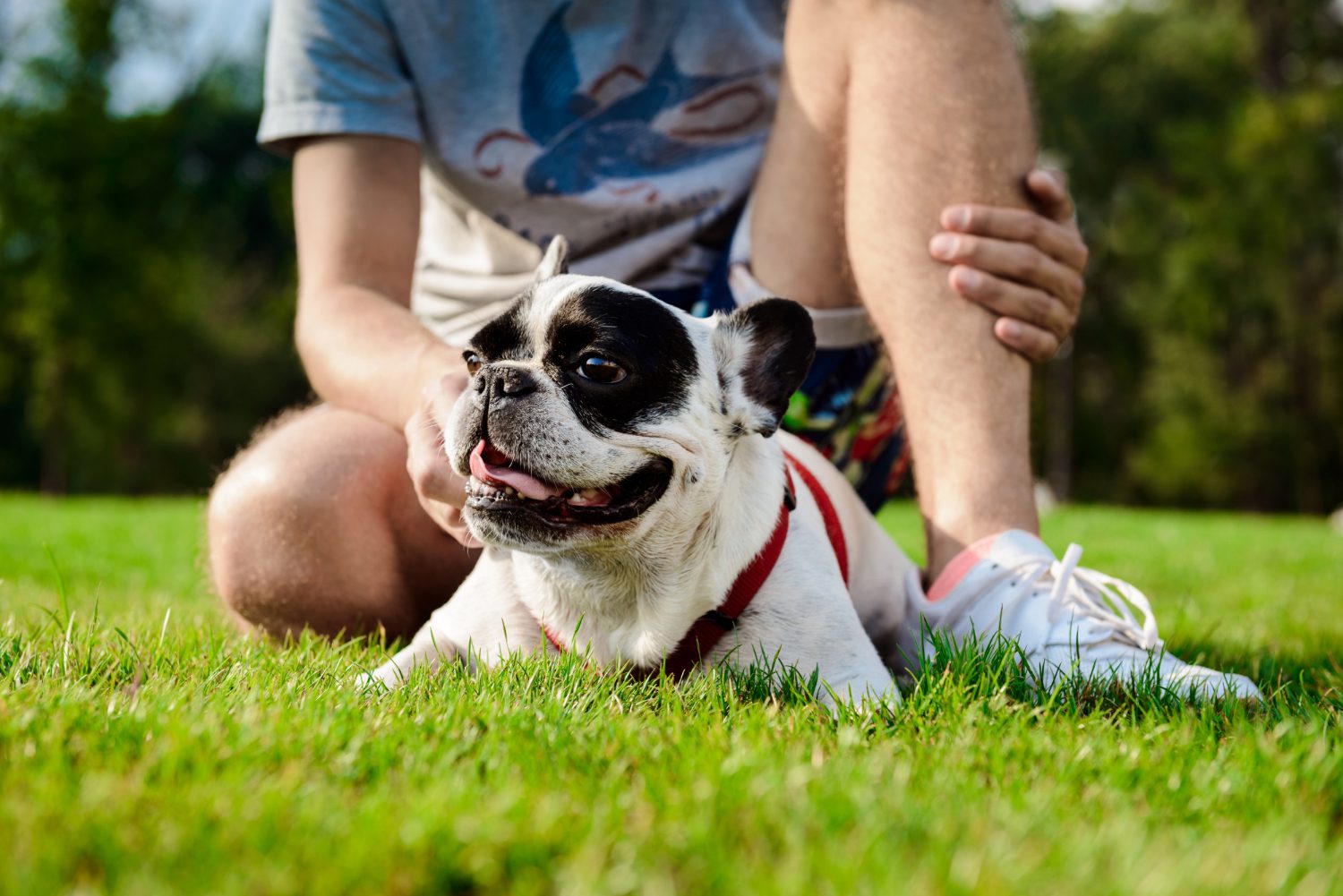
Early Symptoms of Heat Stroke in Dogs
It is crucial to recognise the earliest signs of heat stroke so that measures can be taken immediately to cool your dog down.
Mild Heat-Stress Indicators
Initial signs that your dog is not coping would include:
- Vigorous panting
- Drooling
- Shaking
- Restlessness or lethargy
- Bright red gums
- Glazed eyes
Moderate to Severe Symptoms
As their temperature rises, this can progress to:
- Vomiting and diarrhoea
- Difficulty breathing
- Weakness
- Confusion
- Collapse
- Seizures
- Coma
When to Seek Emergency Help
If you are concerned your dog is displaying symptoms of heat stroke, do not hesitate to call your local emergency vet and head to the clinic.
Time is of the essence, and delaying treatment can mean the difference between life and death.
Immediate First Aid: What to Do If Your Dog Overheats
You need to jump into action as soon as you notice your dog overheating.
Safe Cooling Techniques
The first thing to do is to get them into a well-ventilated, shaded area. This can mean a car with air conditioning or a darkened room with a fan.
At the same time, thoroughly wet their fur with cool water. Avoid their face if they are collapsed or weakened, to ensure they do not aspirate any water.
If they are alert enough, you can also offer a cold drink of water.
What NOT to Do
Do not place a wet towel on your dog. This is outdated advice, and we know it can trap their body heat inside.
Do not worry about lowering your dog’s body temperature too quickly; your aim is to get it down to normal as soon as possible.
Avoid putting ice packs on skin, as this can cause the blood vessels to constrict (narrow).
Transporting Your Dog to the Vet
Get your dog to the vet ASAP and cool it at the same time. This should be done in an air-conditioned vehicle, and the dog should be brought to the nearest clinic.
Call ahead so the staff will be waiting to greet you as soon as you pull in.
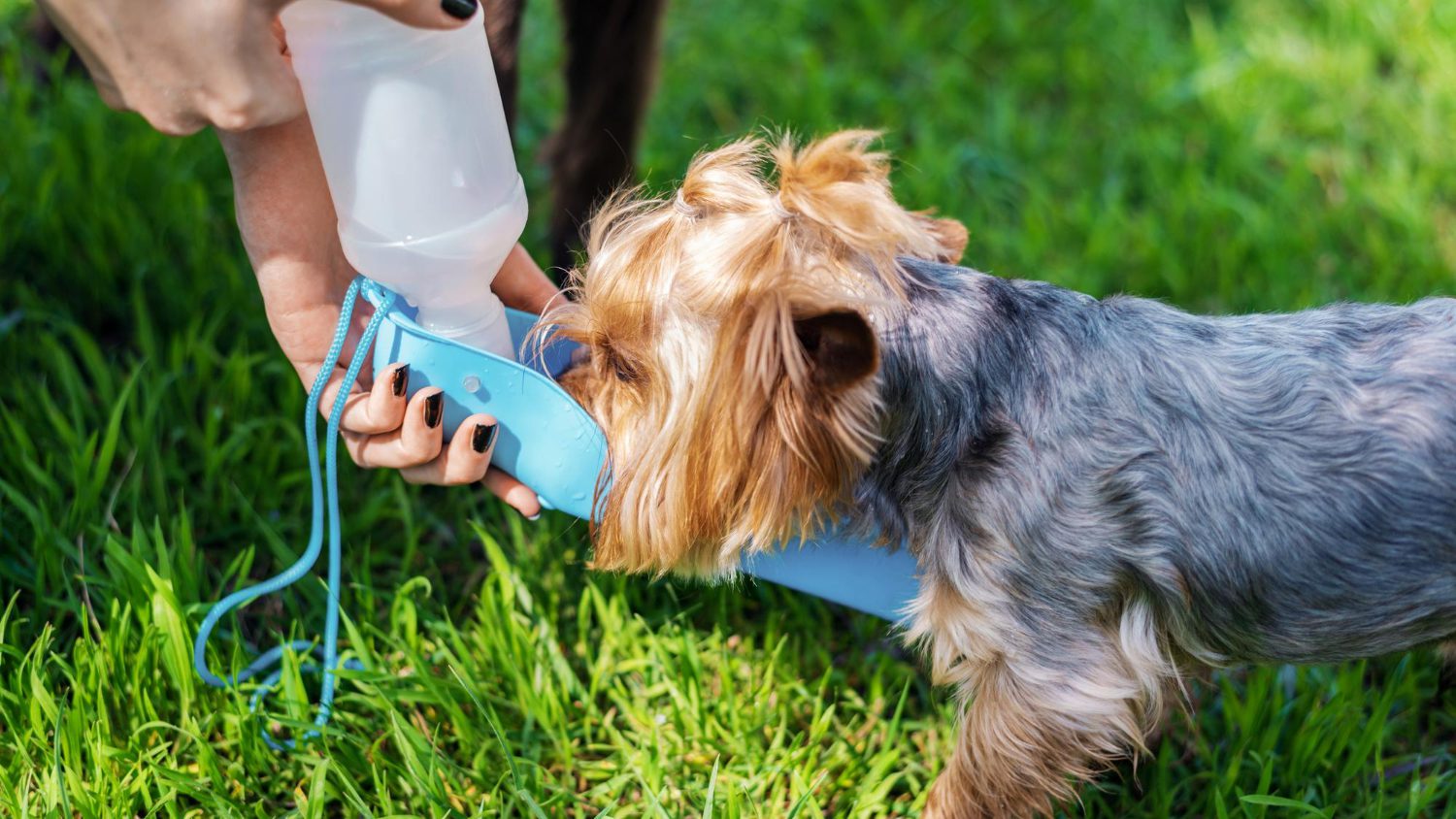
Vet Diagnosis and Treatment for Heat Stroke in Dogs
Your dog will be seen as an emergency and triaged once they arrive in the clinic.
Diagnostic Procedures
Your vet will physically assess your dog and check its rectal temperature. They will also run some basic tests (including a blood and urine test) to assess for any organ damage.
In-Clinic Cooling and Stabilisation
Your veterinary team’s priority will be cooling your dog, which will include using fans, intravenous fluids, and cold water enemas.
Some patients will need further stabilisation in the form of oxygen, anti-seizure medicine, and anti-nausea medicine.
Monitoring and Aftercare
Your vet will constantly monitor your dog’s temperature; active cooling will stop once it reaches about 39.5 degrees Celsius.
Afterwards, your vet will closely monitor your dog’s urine output and activity levels and may run further blood and urine tests to ensure that its organs have coped with the heat.
They will need to rest for several days afterwards and should have a gradual reintroduction to their walks and exercise.
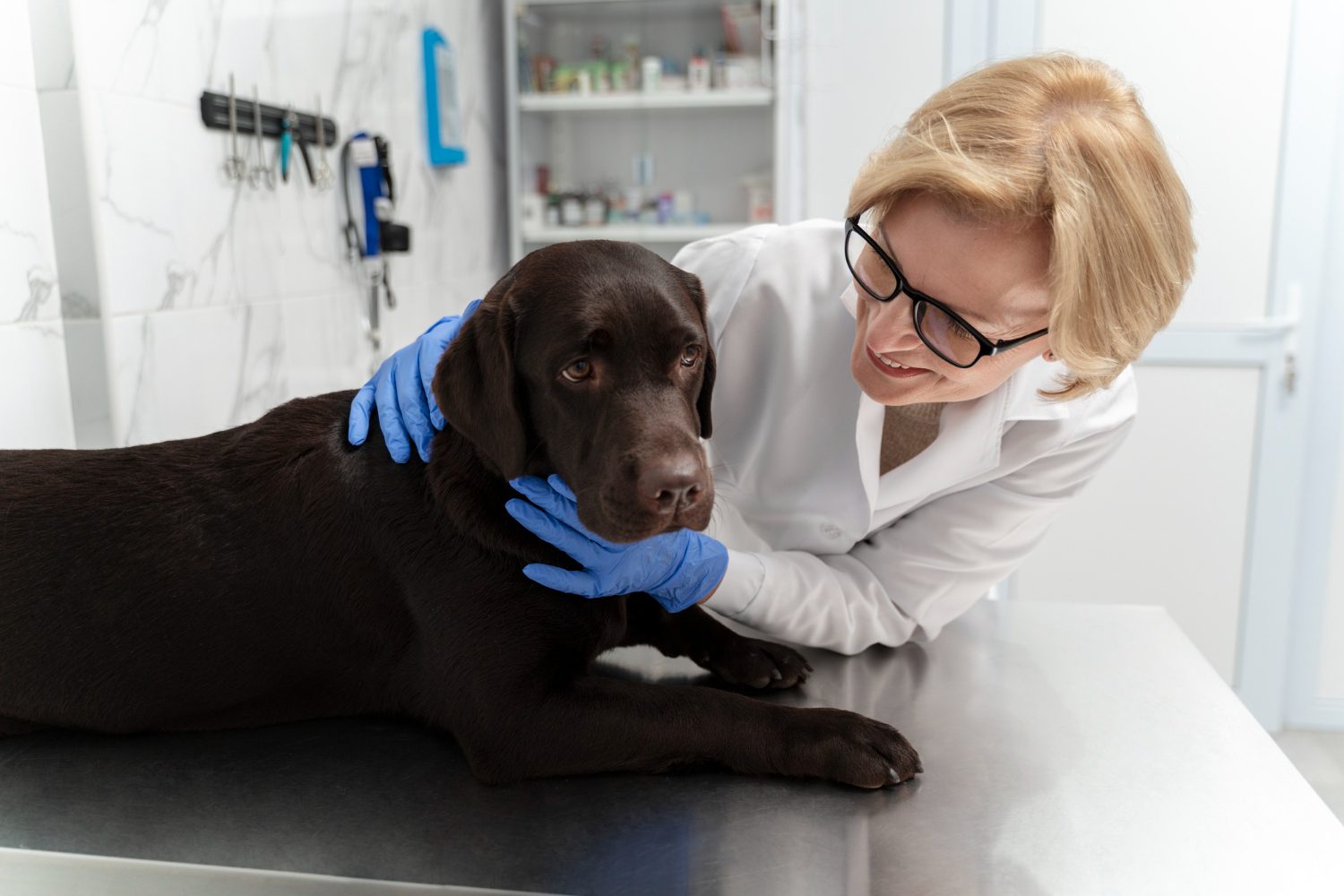
Long-Term Complications and Prognosis
The prognosis is good as long as dogs are treated effectively. Sadly, however, one in four dogs will pass away from heat stroke.
For those who survive the initial event, there is the potential for ongoing complications including fluid on the lungs, internal bleeding and liver or kidney disease, with severe heat stroke.
Organ Damage and Recovery Time
While patients with mild cases of heat stroke recover within a day or so, those who have organ damage can take many weeks to get better.
It is also possible for the organ damage to be permanent, and for these patients to require lifelong care (such as prescription diets and regular vet checks).
Follow-Up Veterinary Visits
Your vet will determine when best to see you, but most will want to see your dog back for a check-up a day after discharge.
Those who have had more severe episodes of heatstroke may need several follow-up visits after this.
Prevention of Heat Stroke in Dogs
With heat stroke, prevention is much better than treatment, and all cases are preventable.
Planning Outdoor Activities
Owners should restrict exercise when the weather is warm and understand that walks are not compulsory.
During warm weather, the best time to walk is early in the morning before the sun has warmed the pavement. Stick to shaded and grassy areas as much as possible, and monitor your dog closely for signs that it is not coping.
Hydration and Shade Essentials
In hot weather, your pet will need more fluids, so you’ll have to top up their water more often. It may also be worth adding water to their meals and offering ice cubes and frozen lick mats.
When outside, they need to have the option of shade, and any water bowls must be out of direct sunlight. Remember, just because an area is shaded does not mean it is cool.
Heat-Proof Gear and Products
There is a range of new products on the market aimed at preventing heat stroke. Some of the better ones include cooling vests and mats. Cooling vests are put on wet, so the evaporation has a cooling effect, and some have pockets for ice packs.
Cooling mats absorb and dissipate the dog’s body heat, so the surface they are lying on is not as warm. Regarding products for the garden, paddling pools and sprinklers are great additions.
Conditioning and Acclimatisation
If you move to an area of the world with a hotter climate, your dog will be at greater risk of developing heat stroke. Because dogs are not used to the local temperatures, they need several months to acclimate.
This means starting with shorter walks during the cooler parts of the day, keeping the environment around them cool, and always being aware of how they cope.

Special Considerations for Puppies, Seniors, and Flat-Faced Breeds
As mentioned above, certain dogs need greater care from us due to their predisposition to heat stroke.
Puppies
A puppy’s body temperature regulation system is not as developed as an adult’s, so they are not as good at keeping themselves either warm or cold.
They rely a lot more on external conditions to help them stay at a constant internal temperature.
Senior Dogs
Older dogs are much more likely to have underlying health issues affecting their thermal regulation, such as heart or lung disease.
Those with dementia may be less aware of the need to move into the shade, while those who are overweight will be less able to cool themselves effectively.
Brachycephalic Breeds
Short-nosed breeds are at greatest risk of heat stroke. Due to the shape of their faces and the lack of upper airway space, they are inefficient at panting and not good at removing excess heat from their bodies.
This is exacerbated by the fact that many already have underlying diseases (such as Brachycephalic Obstructive Airway Syndrome).
Learn More About Heat Stroke in Dogs
Our staff are always here to help and will be happy to discuss how to keep your pet safe. We also offer advice and guidance if your dog may be experiencing heat stroke.
Contact us at any time for more tailored advice regarding heat stroke, as well as far more general pet care advice.
Continue reading

Is Excessive Drooling An Emergency for Dogs?
Excessive drooling in dogs: causes, red flags, and when to call the vet.
Read article
Cat Tail Shaking: Is it an Emergency?
Learn whether your cat's tail shaking is normal, a warning, or urgent.
Read article
Eclampsia in Dogs: Symptoms, Causes and Treatments
Spot eclampsia fast, symptoms, causes, and vet treatments to protect mum and pups.
Read article